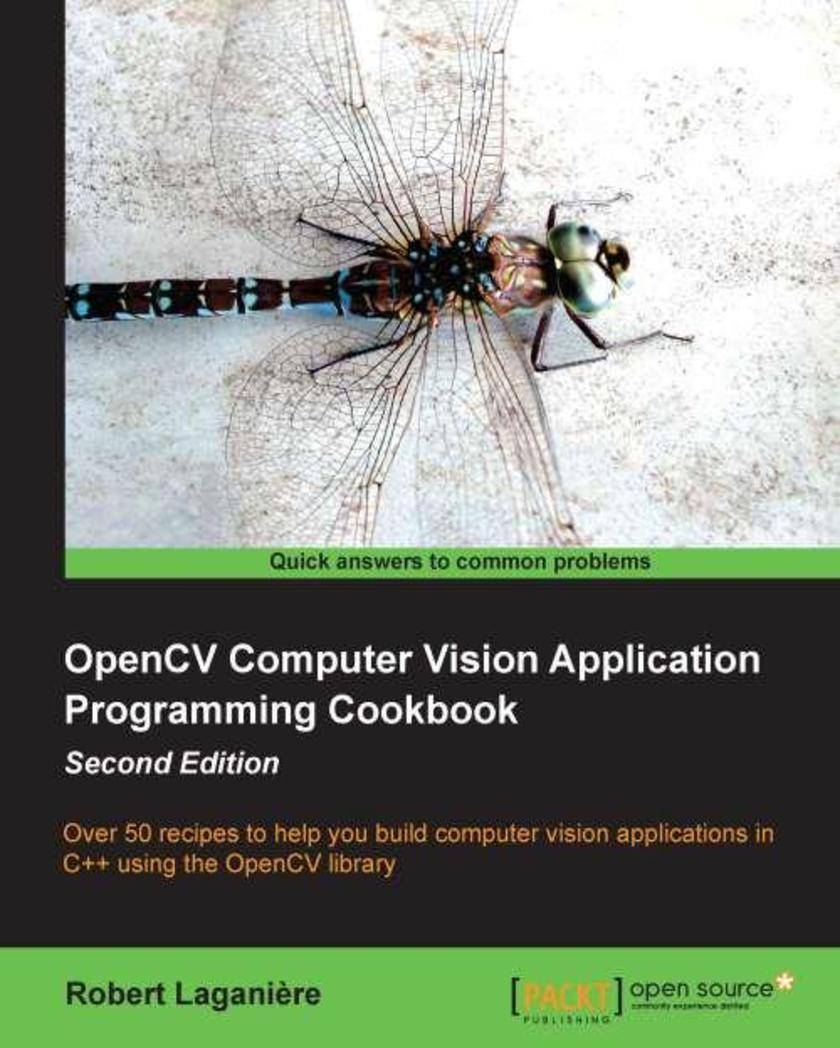
OpenCV Computer Vision Application programming Cookbook Second Edition
¥80.65
OpenCV 3 Computer Vision Application Programming Cookbook is appropriate for novice C++ programmers who want to learn how to use the OpenCV library to build computer vision applications. It is also suitable for professional software developers wishing to be introduced to the concepts of computer vision programming. It can also be used as a companion book in a university-level computer vision courses. It constitutes an excellent reference for graduate students and researchers in image processing and computer vision.
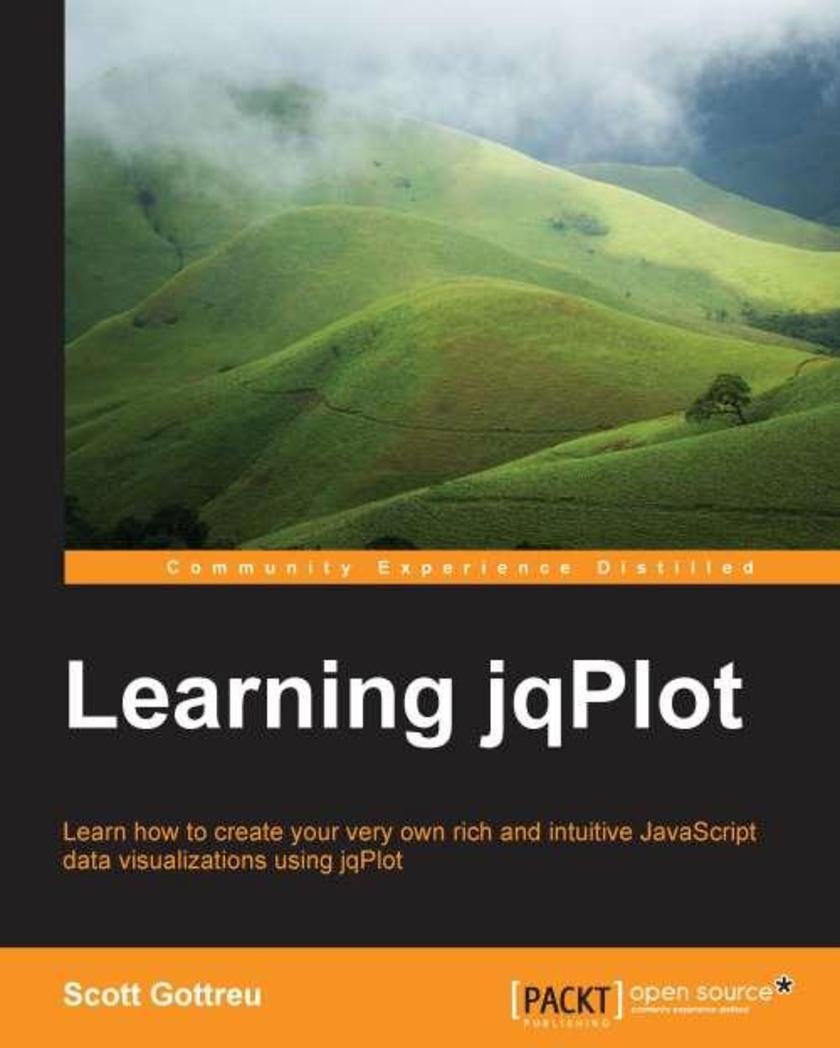
Learning jqPlot
¥57.76
If you are a developer with a good understanding of JavaScript and jQuery and have been burdened with the task of analyzing and presenting some data, this book will provide you with the start you need to create some very attractive data visualizations.
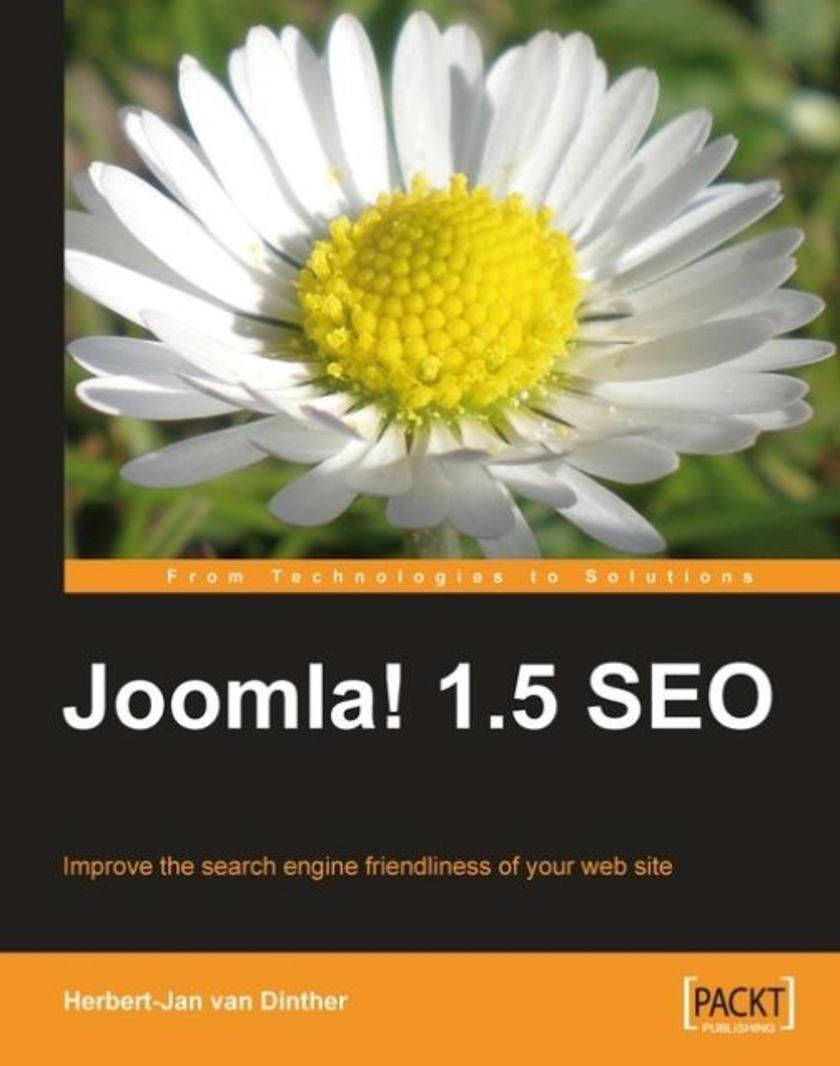
Joomla! 1.5 SEO
¥71.93
This is a practical, hands-on book that will lead you through the process of search engine optimization of your Joomla!-based web site. It provides clear instructions and detailed screenshots, so you can see exactly what to do at each step in the SEO process. Once you have finished reading the book and gone through the detailed plans from each chapter, you will have the knowledge to improve the rankings and visitor numbers of almost any Joomla!-based web site. This book is written for anyone using Joomla! ranging from owners of business sites to web site developers and personal web site owners. Any Joomla! web site owner who wants to sell products or services, or send out a message to the world will find that getting better rankings in the search engines will help them reach their goal. Some prior knowledge of Joomla! is expected but no prior knowledge of search engine optimization is needed for this book. The reader will get a deeper level of knowledge on how to make their web site rank better and attract more visitors to their site.
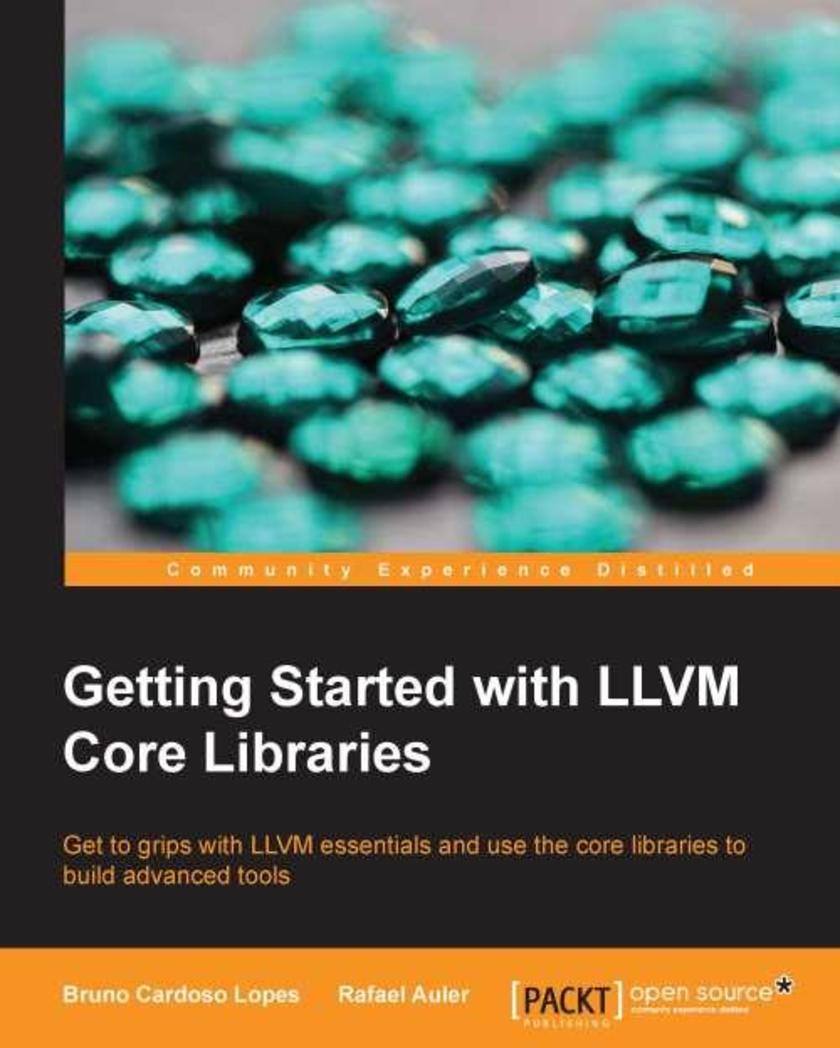
Getting started with LLVM core libraries
¥80.65
This book is intended for enthusiasts, computer science students, and compiler engineers interested in learning about the LLVM framework. You need a background in C++ and, although not mandatory, should know at least some compiler theory. Whether you are a newcomer or a compiler expert, this book provides a practical introduction to LLVM and avoids complex scenarios. If you are interested enough and excited about this technology, then this book is definitely for you.
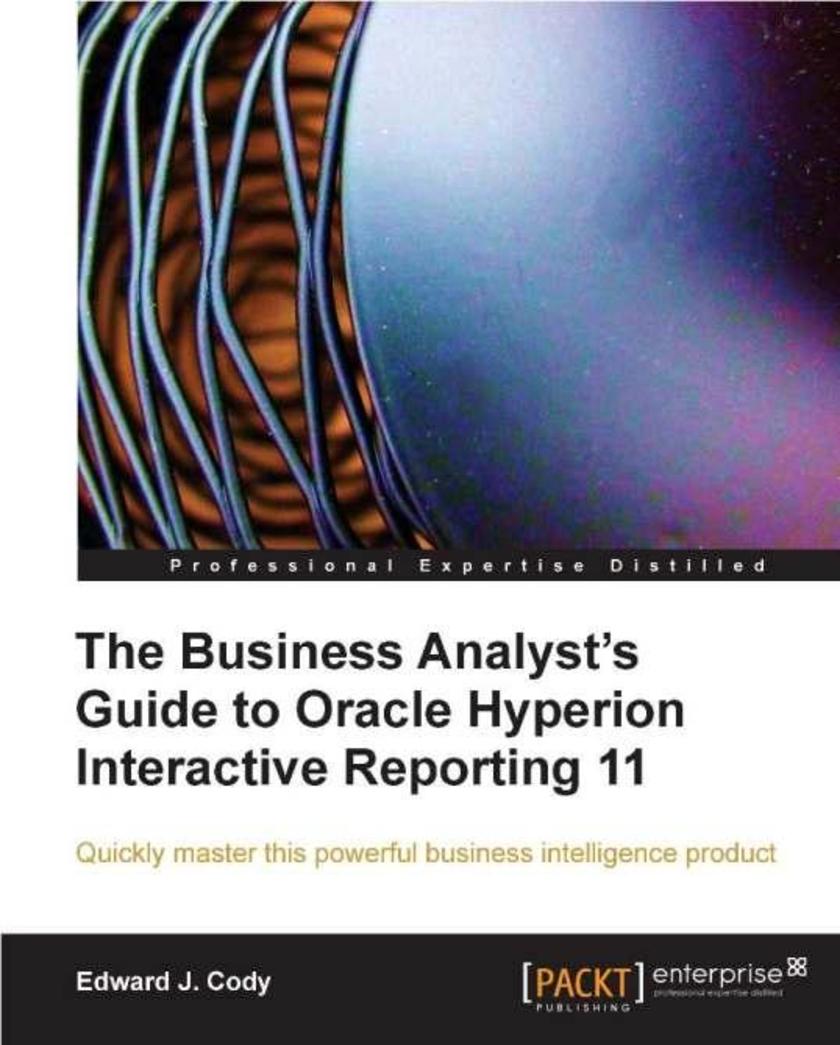
The Business Analyst's Guide to Oracle Hyperion Interactive Reporting 11
¥90.46
This is a hands-on walkthrough, from gathering information to creating a report to the presentation sections. It helps you to get accustomed to the software and gives an in-depth understanding of how to easily unleash the powerful functionality of the software. As a result you will be able to use the powerful functionalities of Oracle Hyperion Interactive Reporting 11 to drive important business decisions. The style of the book allows you to use it as a guide to walk through each chapter or as reference material while you work with the software. This book is for all Oracle Hyperion Interactive reporting users from novice to advanced. If you find yourself struggling while using this tool or you are new to the tool, this book will guide you through and make the learning process incremental.
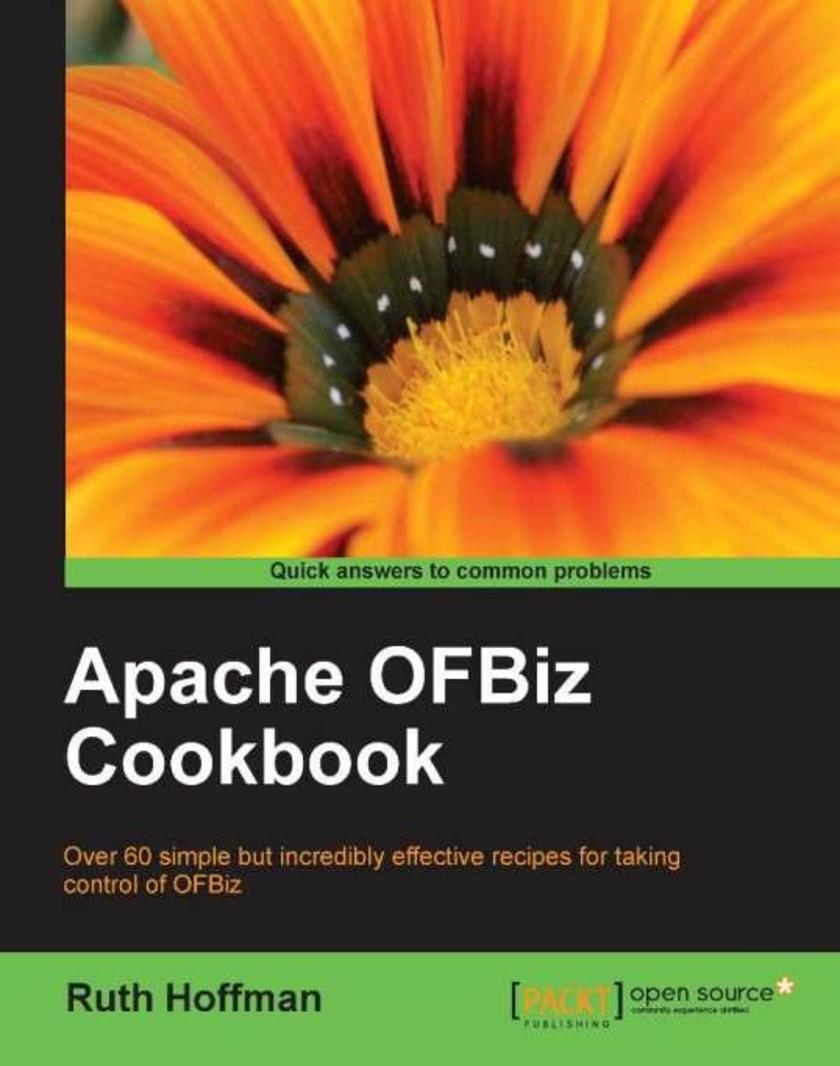
Apache OfBiz Cookbook
¥80.65
The best way to experience OFBiz is to dive right in and start "kicking the tires". No matter if you are an end user exploring the out-of-the-box e-commerce web store or a software developer getting ready to build a new application, you will find, eventually, that you perform the same tasks over and over again. This book is designed as a reference to guide you though those oft-encountered OFBiz tasks. It is a collection of recipes, not necessarily in any particular order of importance, that address and give answers to many of the real-world questions asked about how to do things with OFBiz. If you are an OFBiz user who has some familiarity with enterprise software systems, and perhaps more importantly, Internet and Web exposure, you will be able to glean useful information from this book. You will need only basic knowledge of modern browser behavior (for example: how to click a mouse button) to follow some recipes, while others assume a passing familiarity with a text-editor and XML documents. If you are a software developer looking for Java and/or Groovy examples, this book also includes a chapter on Java software development.
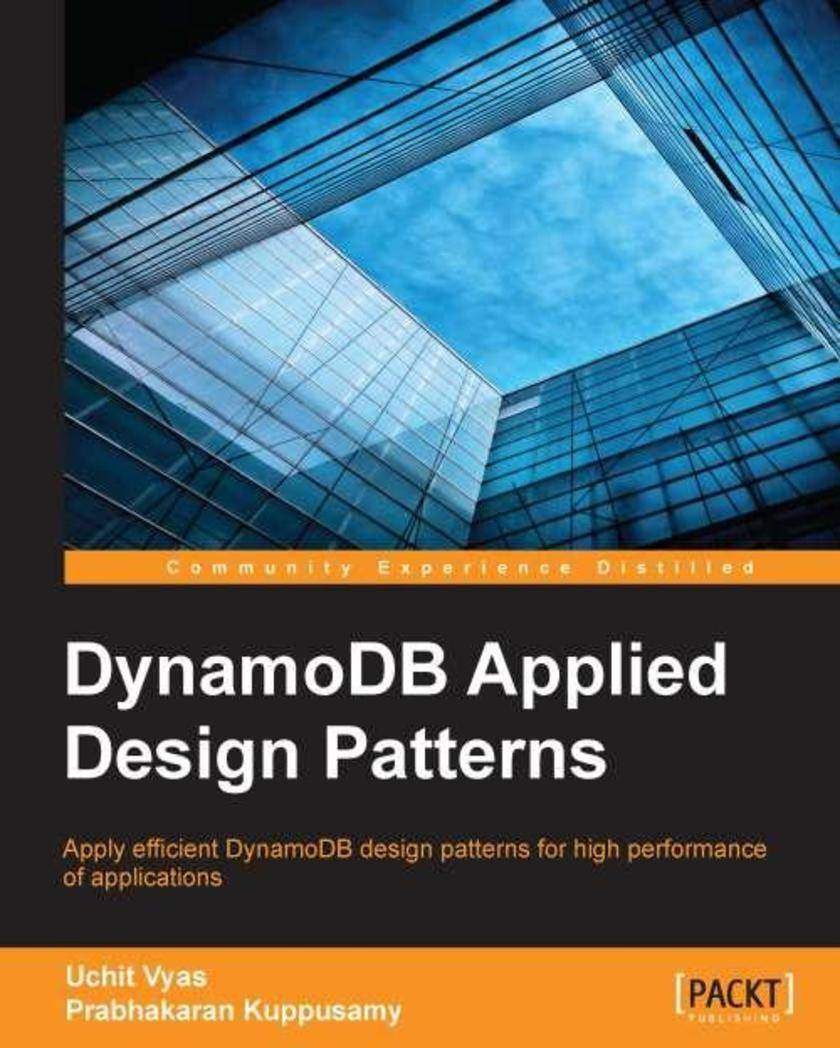
DynamoDB Applied Design Patterns
¥80.65
If you are an intermediate to advanced DynamoDB developer looking to learn the best practices associated with efficient data modeling, this book is for you.
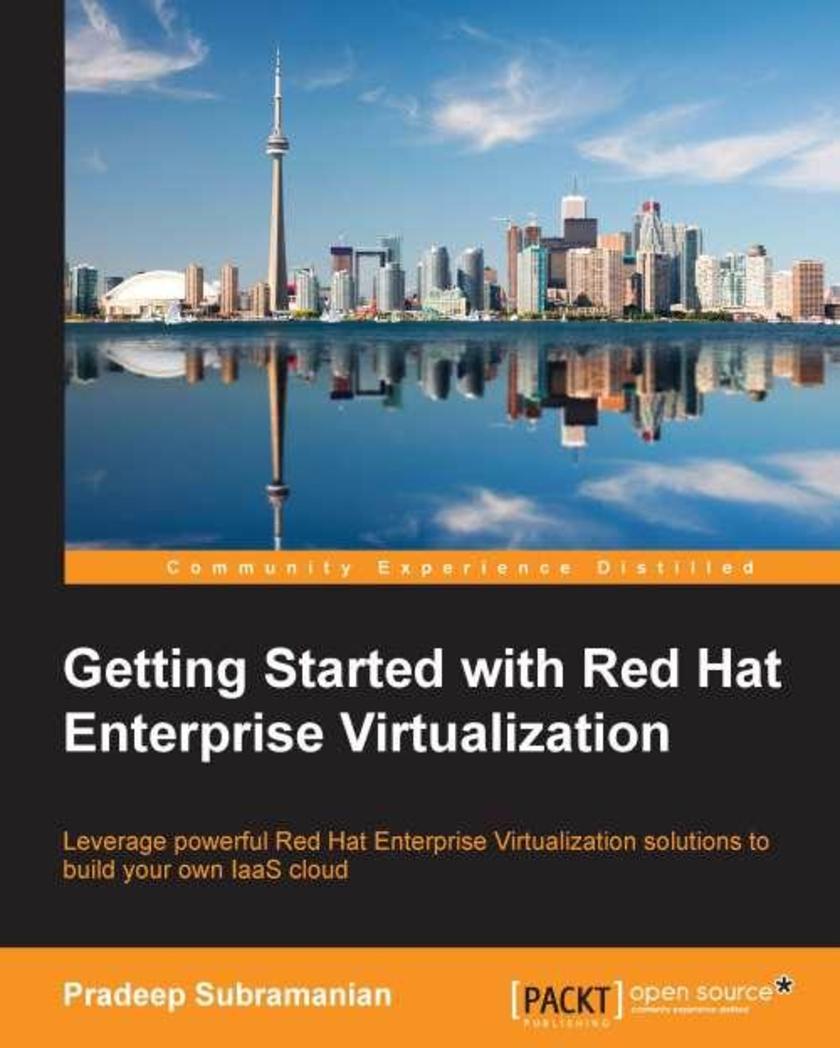
Getting Started with Red Hat Enterprise Virtualization
¥65.39
If you are a system administrator who is interested in implementing and managing open source virtualization infrastructures, this is the book for you. A basic knowledge of virtualization and basic Linux command line experience is needed.
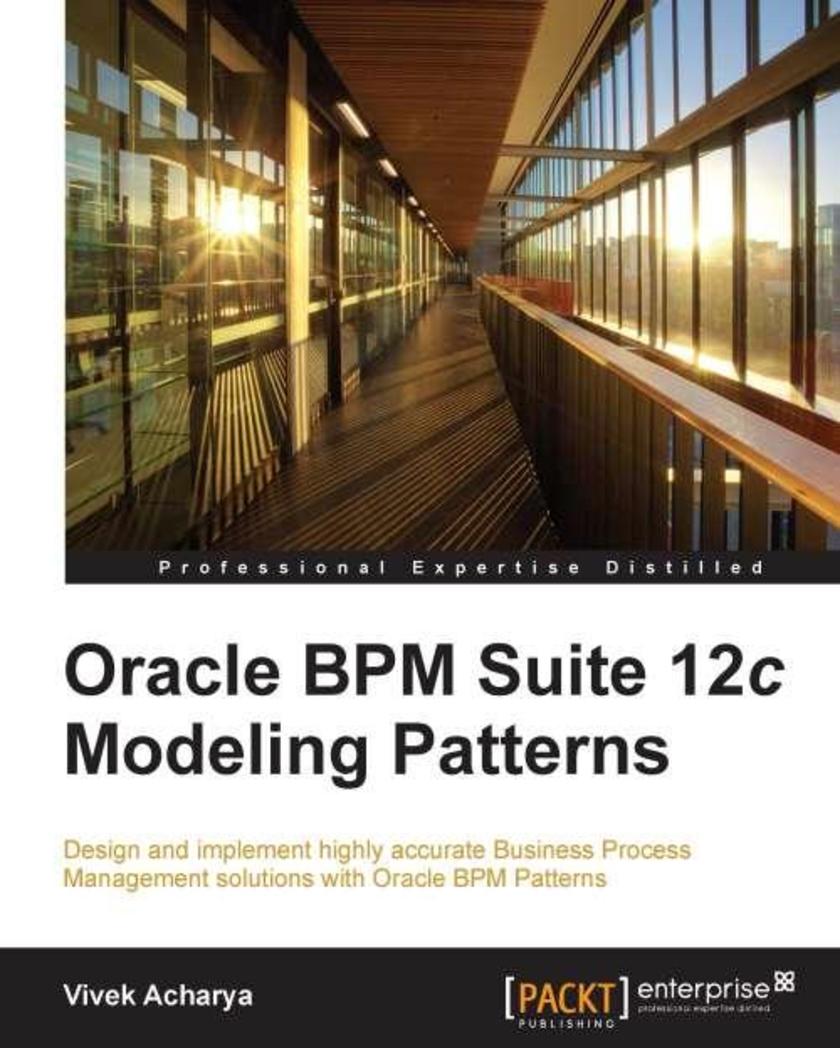
Oracle BPM Suite 12c Modeling Patterns
¥90.46
This book is an invaluable resource if you are an Enterprise architect, solution architect, developer, process analyst, or application functional and technical consultant who uses Business Process Management and BPMN to model and implement Enterprise IT applications, SaaS, and cloud applications.
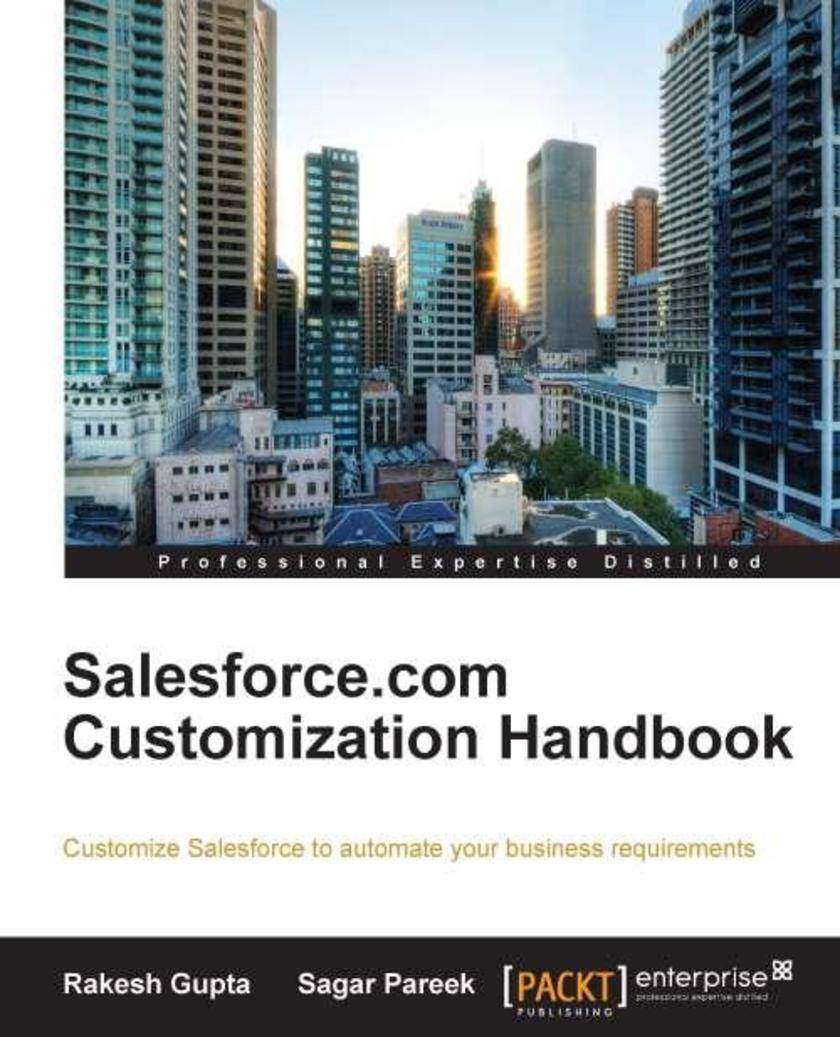
Salesforce.com Customization Handbook
¥90.46
If you want to use Salesforce CRM to automate your business requirements, or you have already adopted Salesforce CRM and want to streamline the sales process, this book is for you. Whether you are new to Salesforce or a seasoned expert, you will be able to master the basic functions as well as the advanced features of Salesforce.com. No previous experience in computer coding or programming is required.
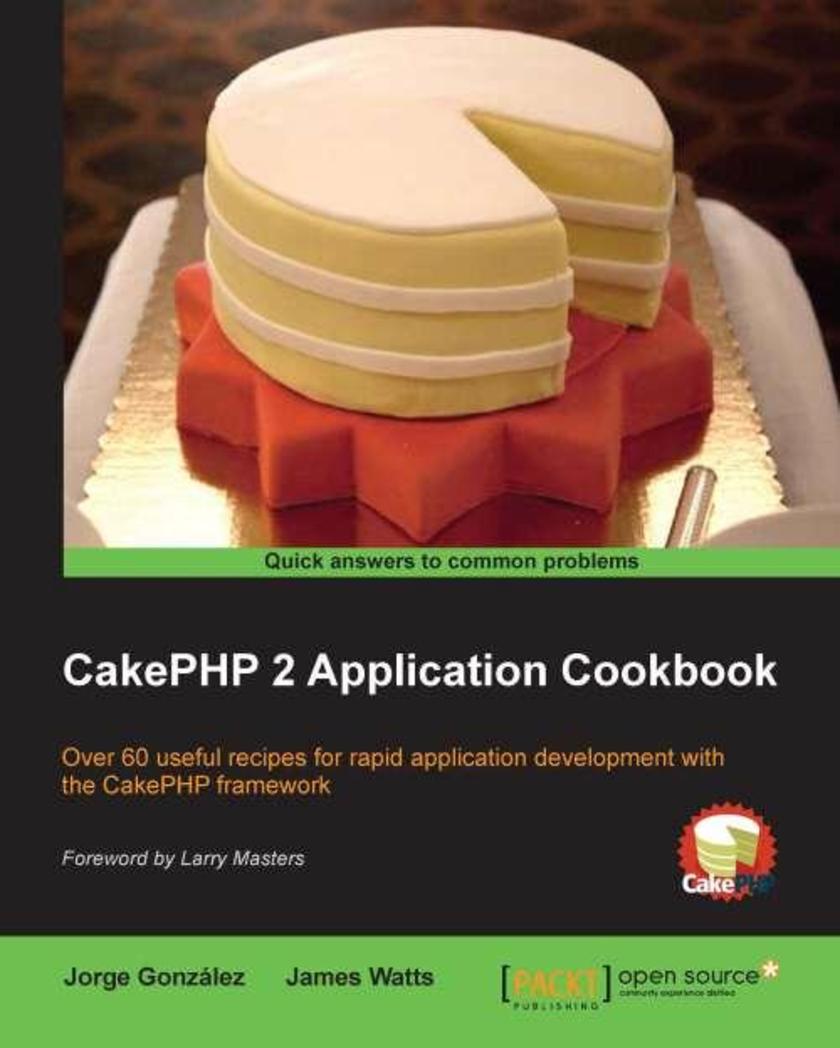
CakePHP 2 Application Cookbook
¥90.46
If you are a CakePHP developer looking to ease the burden of development, then this book is for you. As a headfirst dive into the framework, this collection of recipes will help you get the most out of CakePHP, and get your applications baked in no time. Even if you're not familiar with the framework, we'll take you from basic CRUD building to useful solutions that will aid in getting the job done quickly and efficiently.
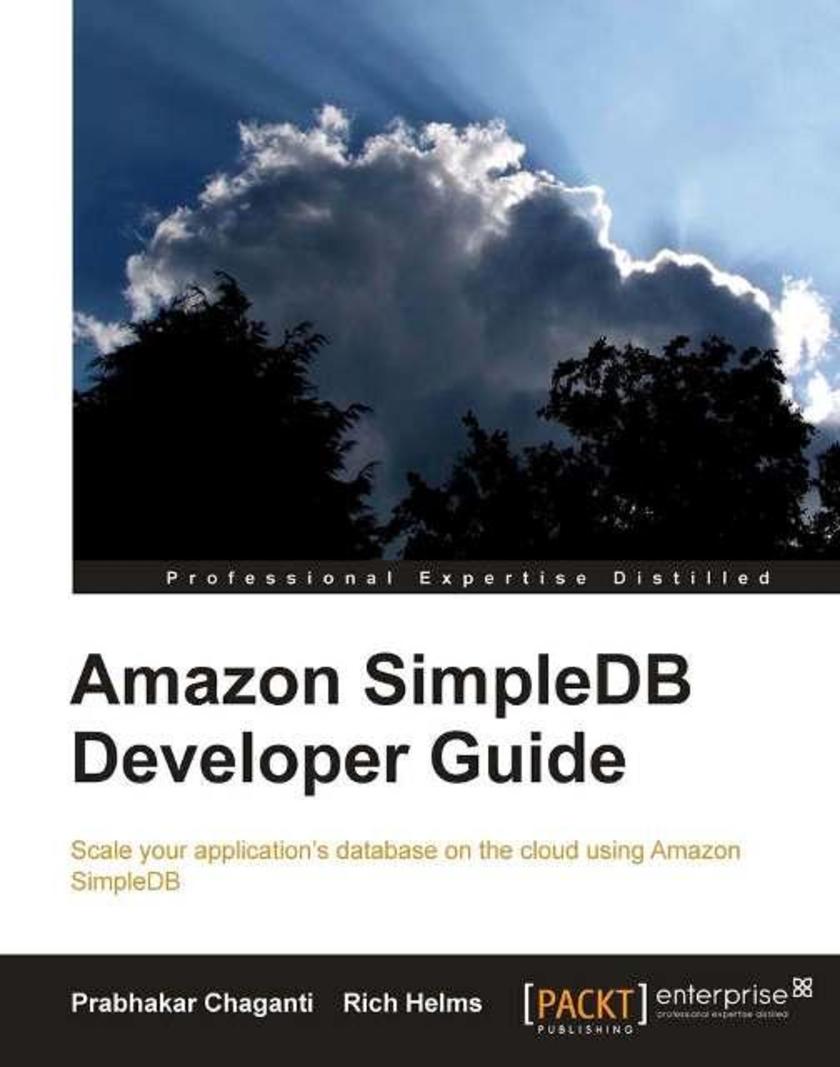
Amazon SimpleDB Developer Guide
¥71.93
This book is a practical real-world tutorial covering everything you need to know about Amazon SimpleDB. You will come across examples in three languages: Java, PHP, and Python. This book is aimed at transforming you from a beginner to an advanced developer. If you are a developer wanting to build scalable web-based database applications using SimpleDB, then this book is for you. You do not need to know anything about SimpleDB to read and learn from this book, and no basic knowledge is strictly necessary. This guide will help you to start from scratch and build advanced applications.
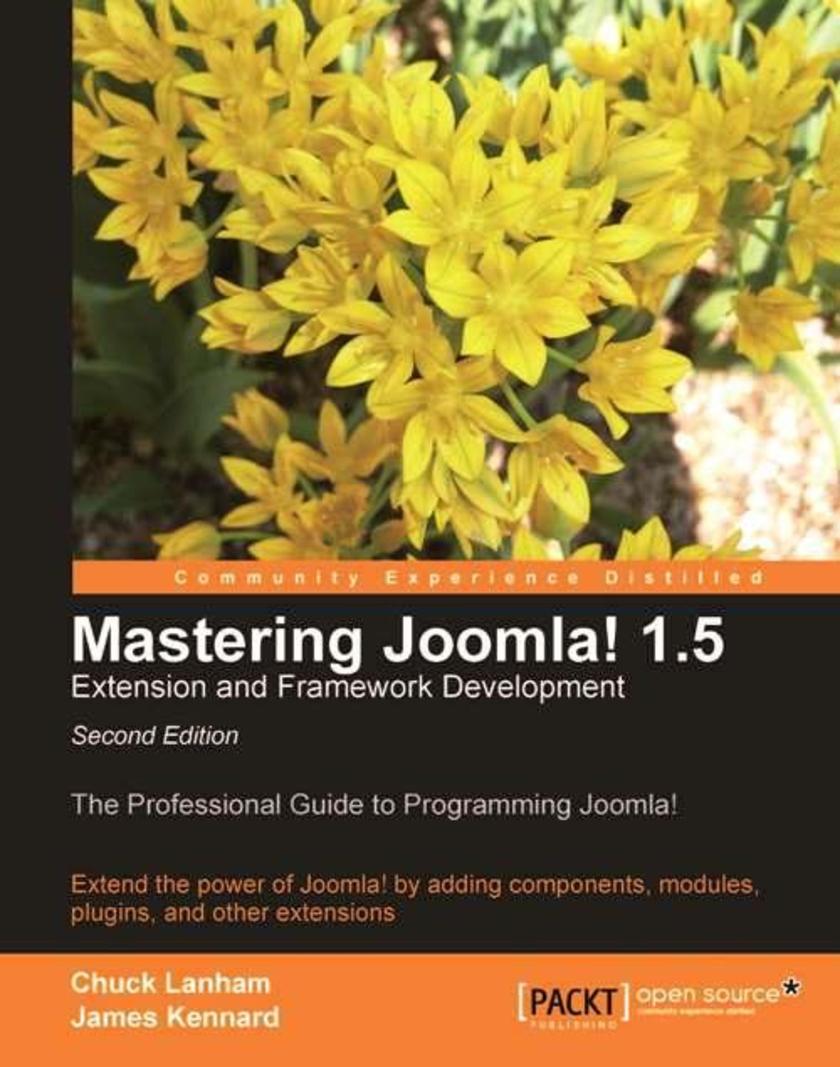
Mastering Joomla! 1.5 Extension and Framework Development (Update)
¥90.46
Packed with expert advice, working examples, and tips, this book is an essential reference guide that you will turn to again and again as you work with Joomla!. PHP developers who want to understand how Joomla! Works, with a view to advanced customization or extension development, and who want to learn how to work with the Joomla! Framework.
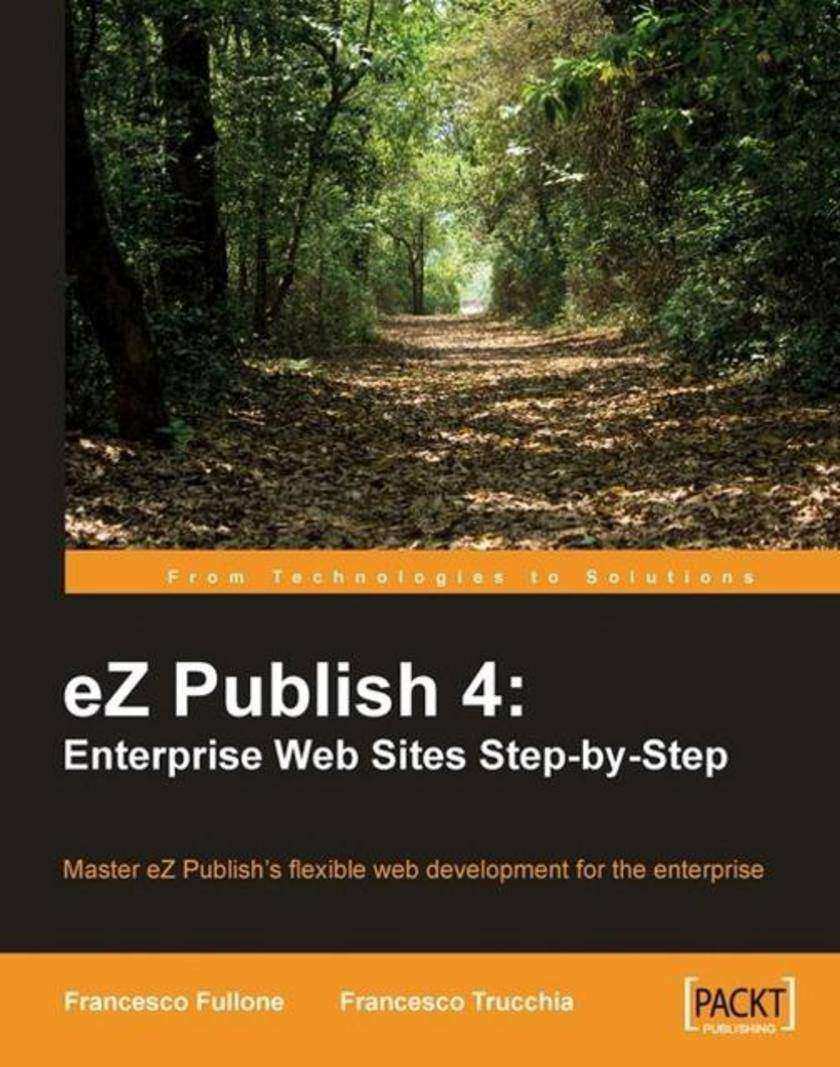
eZ Publish 4: Enterprise Web Sites Step-by-Step
¥90.46
The book is a carefully structured, practical, step-by-step guide to overcoming the trials and tribulations of building an eZ Publish enterprise web site. Each chapter will be based on a three-layer approach. Firstly, it teaches the techniques and principles required to fulfill the needs of our site, then it goes deep in the CMS approach to fulfill them. Lastly, example code and step-by-step screenshots are used to dig deeper. This book is written for beginners to eZ Publish who need to work on an enterprise-level site with a complex publishing workflow. This book is best for people who want to use eZ Publish from scratch without hard-core programming skills. Even if you are not a PHP-guru, and you don't want to study eZ Publish core functionality – this book is for you. In general, however, you'll get more out of the book if you know a little PHP, have some concept of Object-Oriented Programming, and have a general familiarity with CMS concepts.
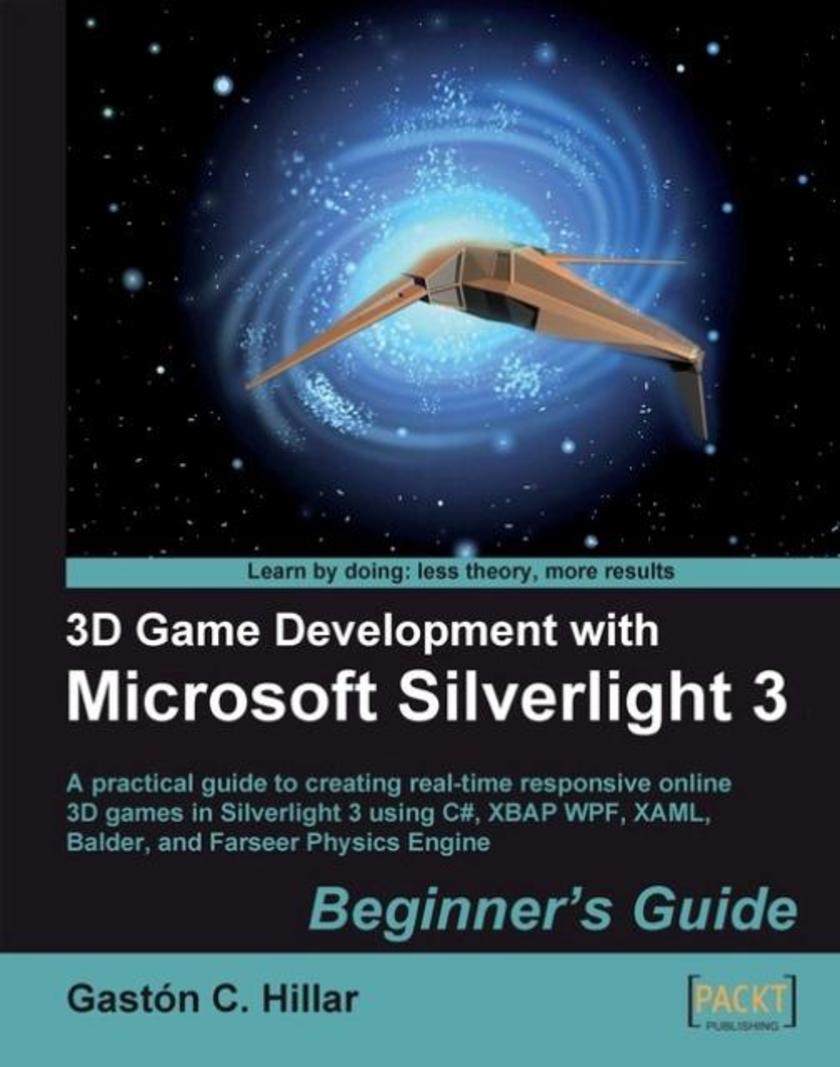
3D Game Development with Microsoft Silverlight 3: Beginner's Guide
¥90.46
This book takes a step-by-step approach to building a complete interactive 3D game using Silverlight and enhancing it through its related technologies. The book focuses on practical examples and has a friendly approach, with the opportunity to learn by experiment and play. It uses illustrations, screenshots, and interactive experiences to understand the most complex topics related to the 3D scenes. This book is designed primarily for C# developers with basic knowledge of the Visual Studio IDE who want to develop online 3D games using Silverlight or create interactive 3D scenes for a web site with animated models. No prior experience in 3D programming, 3D animation, or Silverlight is required. The book is also aimed at 3D developers who want to improve their online content, offering innovative 3D models in action.
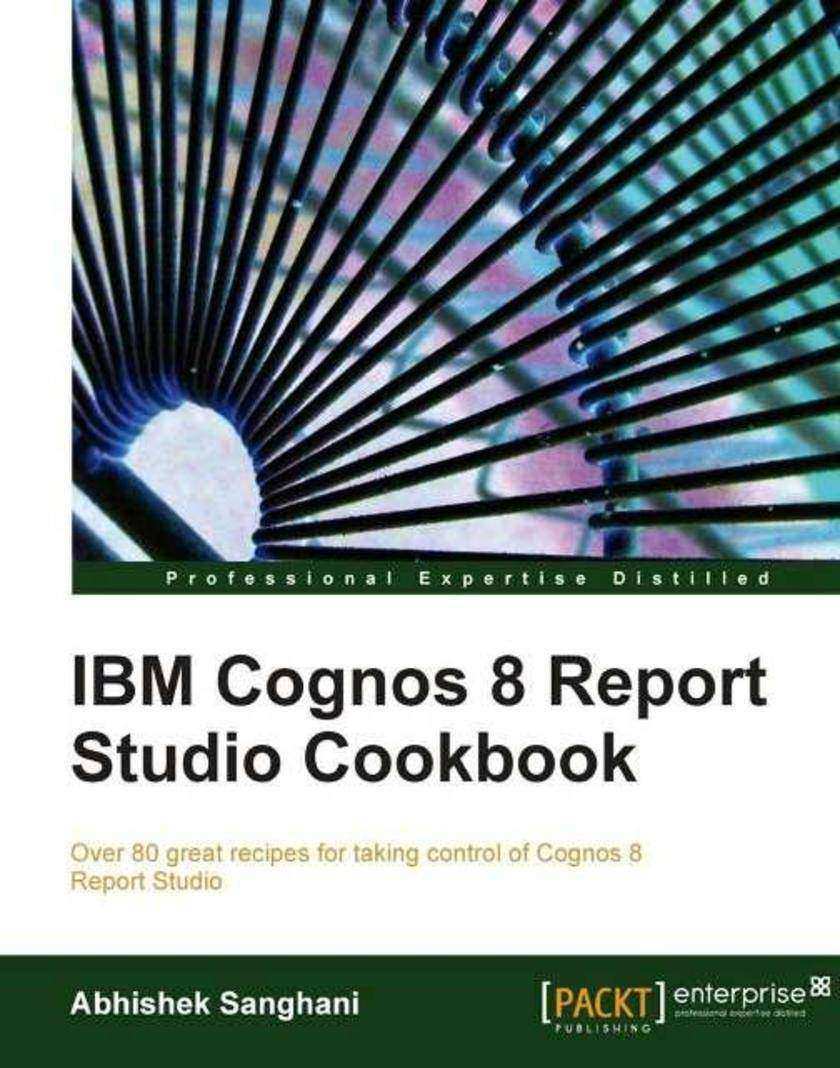
IBM Cognos 8 Report Studio Cookbook
¥107.90
Written in cookbook style, this book offers learning and techniques through recipes. It contains step-by-step instructions for Report Studio 8 users to author effective reports. The book is designed in such a way that you can refer to things chapter by chapter, and read them in no particular order. You will see a new fictional business case in each recipe that will relate to a real-life problem and then you will learn how to crack it in Report Studio. If you are a Business Intelligence or MIS Developer (programmer) working on Cognos Report Studio who wants to author impressive reports by putting to use what this tool has to offer, this book is for you. You could also be a Business Analyst or Power User who authors his own reports and wants to look beyond the conventional features of Report Studio 8. This book assumes that you can do basic authoring, are aware of the Cognos architecture, and are familiar with Studio.
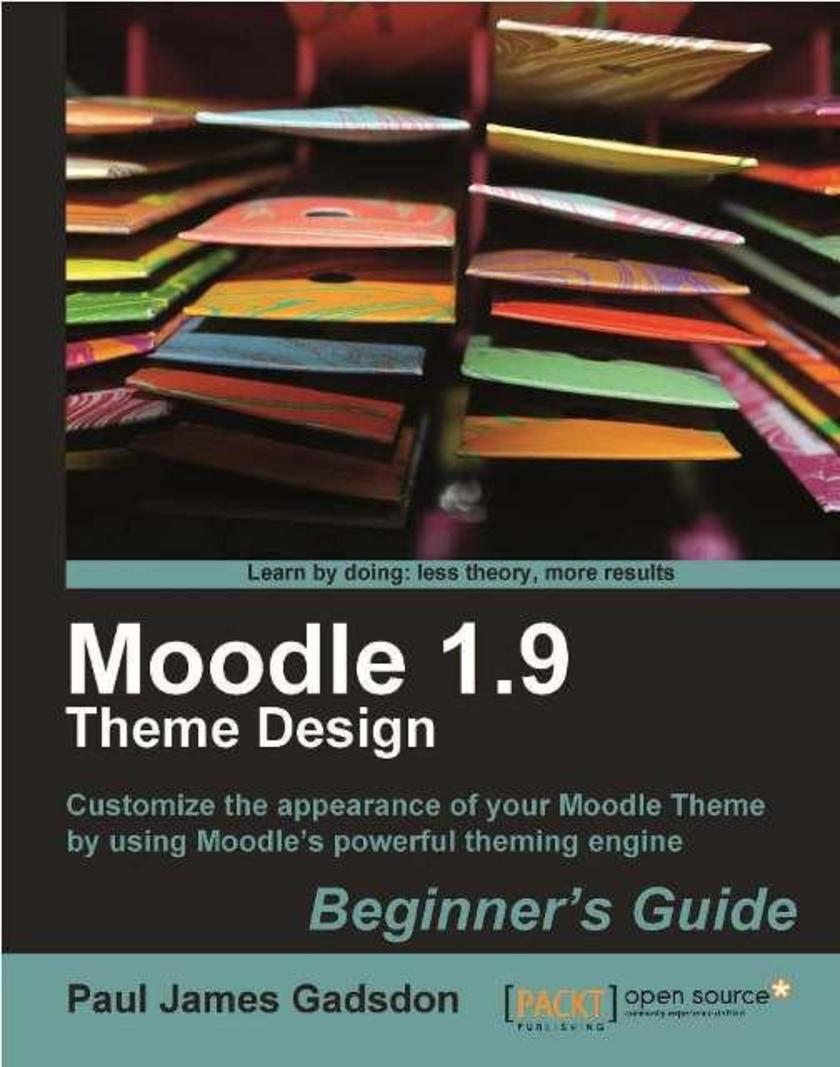
Moodle 1.9 Theme Design: Beginner's Guide
¥80.65
This is a Beginner's Guide, with plenty of worked examples, step-by-step visual guides, and explanations. If you are a Moodle administrator, ICT technical personnel, designer or a teacher and wish to enhance your Moodle site to make it visually attractive, then this book is for you. You should be familiar with the basics of Moodle operation, and some familiarity with web design techniques, such as HTML and CSS, will be helpful.
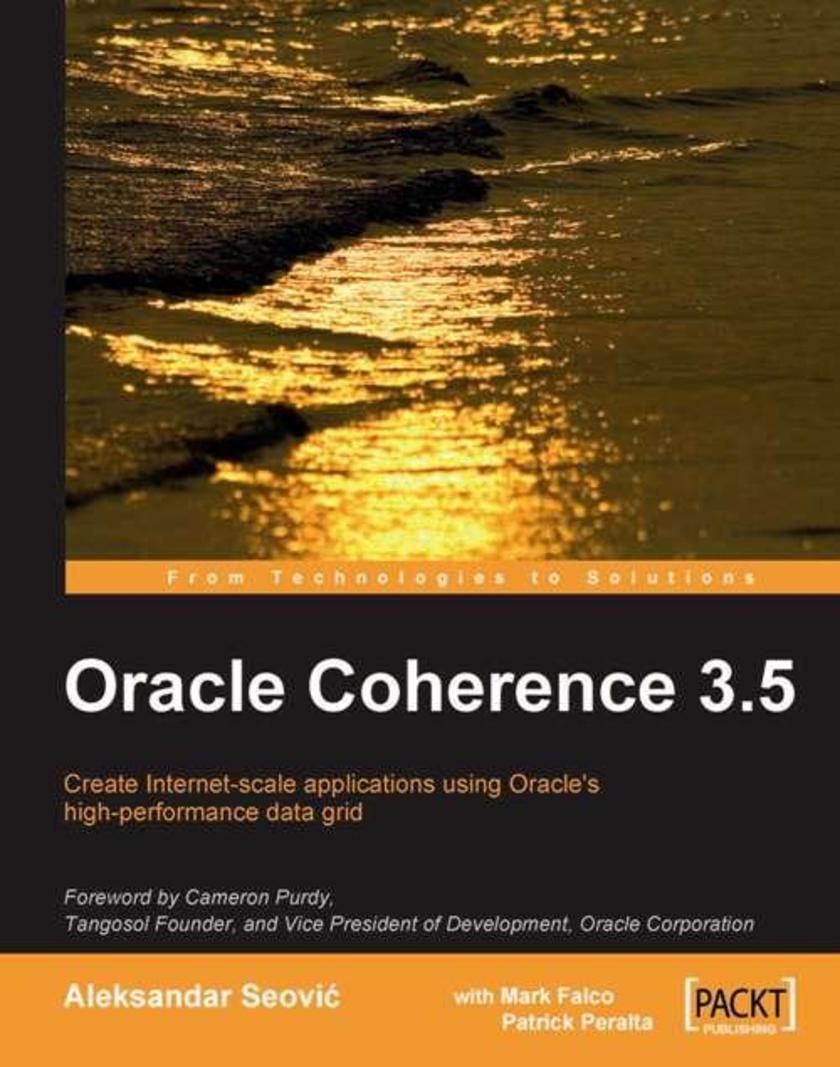
Oracle Coherence 3.5
¥107.90
This title covers Coherence features progressively, from simple to more advanced topics, and provides best-practice guidance on when and how to use each. Numerous examples are provided throughout the book that will help you become familiar with Coherence APIs. You will also be able to reuse many of the sample classes or mini-frameworks encapsulating Coherence best practice and providing missing features directly within your own applications. This should significantly increase your productivity when developing Coherence applications. Finally, a sample application that you can download from the companion web site will show you how to use Coherence as part of the broader infrastructure stack, including Spring Framework and Hibernate, as well as how to access Coherence from a WPF-based .NET desktop application. This book is written for architects and developers responsible for the design and development of Internet or Enterprise applications (web-based or otherwise) that need to scale to support a large number of simultaneous users, while at the same time providing fast response times and high availability. The book assumes a solid knowledge of Java, and a familiarity with Domain Driven Design (DDD) is helpful.
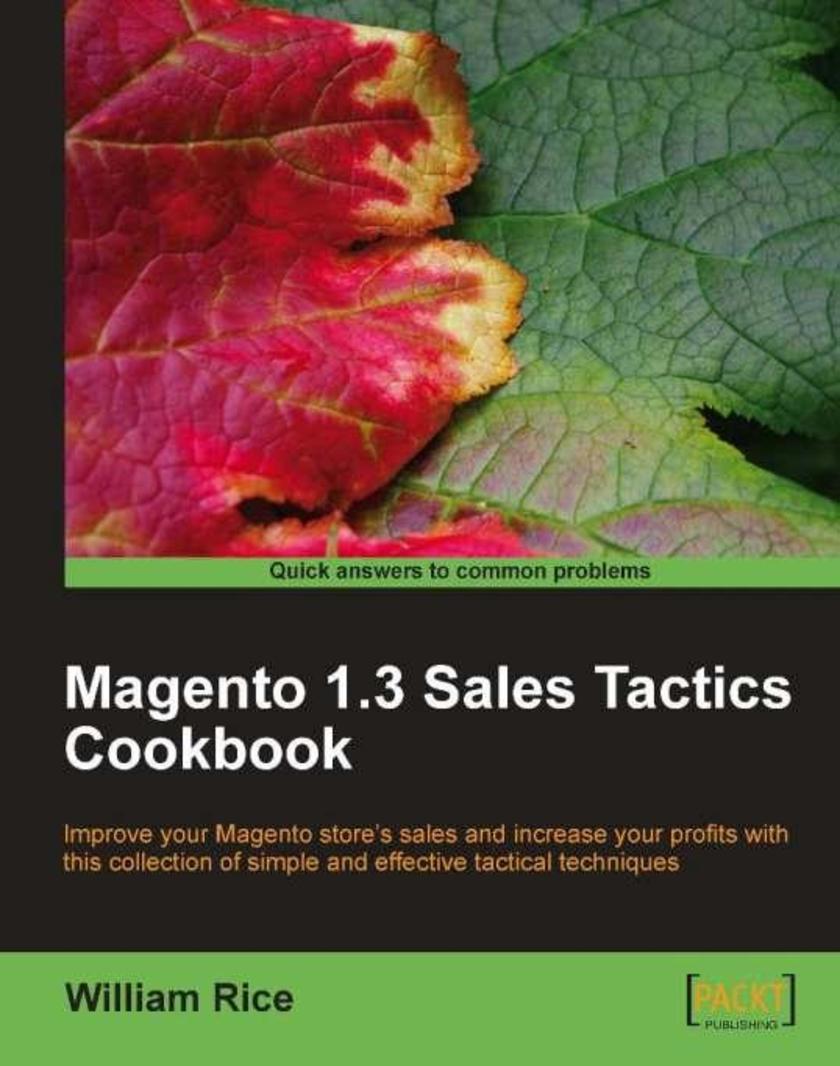
Magento 1.3 Sales Tactics Cookbook
¥90.46
This book is written with the business owner in mind. Each of the recipes in the book supports a business objective, and is designed to increase the success of your Magento storefront. Magento beginners will find the recipes easy to follow. They are written in plain language. When special jargon is needed, it is clearly explained. The techniques are illustrated with many screenshots, showing you exactly what you must do. An example storefront is used throughout the book, so you can see exactly what effect each technique will have on your storefront. Most of these techniques stand alone, so you can jump into the book at any time and implement the techniques that are best for your storefront at this time. If you are a Magento store owner or store designer who wants to boost sales, then this book is for you
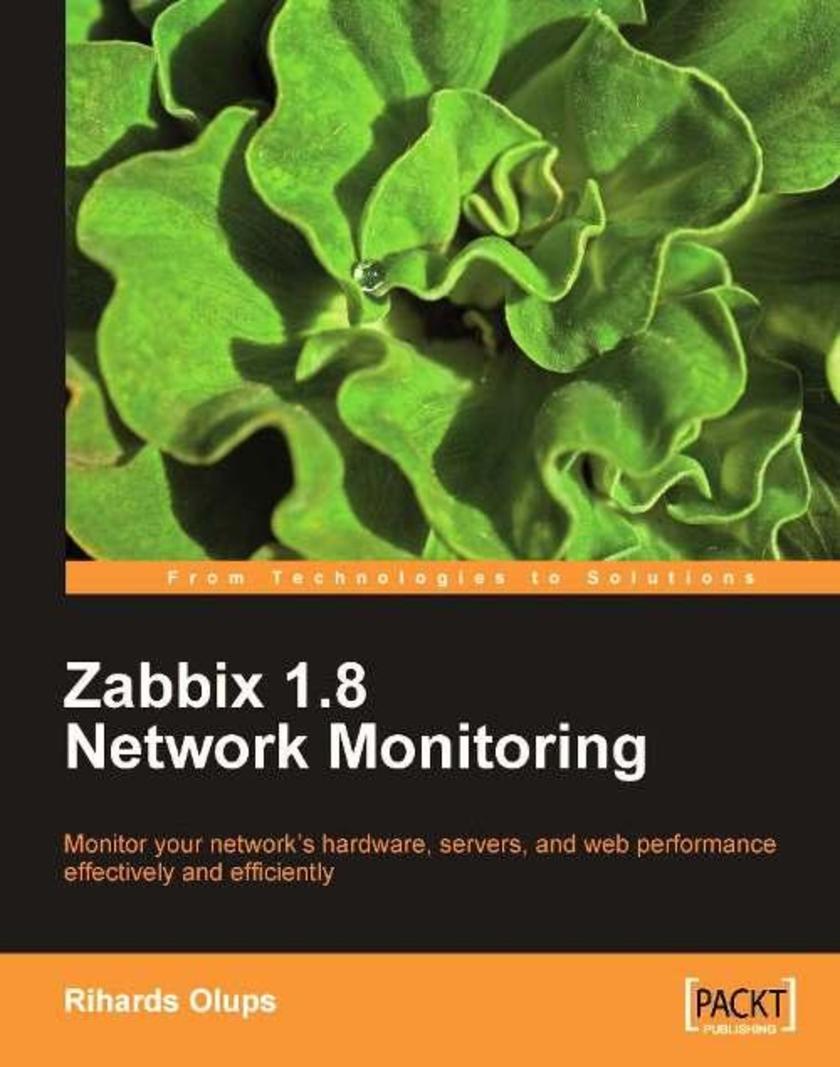
Zabbix 1.8 Network Monitoring
¥80.65
This is a hand-on step-by-step book in a tutorial style. All configuration steps that are required to reach goals are explained in detail that should leave no reader stuck. Exact commands are provided for setting up and testing the configuration and screenshots of the user interface allow you to be sure that you are using the correct interface section. The author's experience with Zabbix enables him to share insights on using Zabbix effectively, in a clear and friendly way. This book assumes no experience with Zabbix and minimal experience with Linux. Knowledge provided by this book, will be useful if: you are responsible for managing in-house IT infrastructure such as network hardware, servers, and web pages, you are responsible for managing non-IT infrastructure that provides data such as temperature, flow, and other readings, you have clients with strict accessibility requirements and want to monitor hardware that provides services to them, you are a system administrator who wants to monitor the network hardware, servers, and web performance
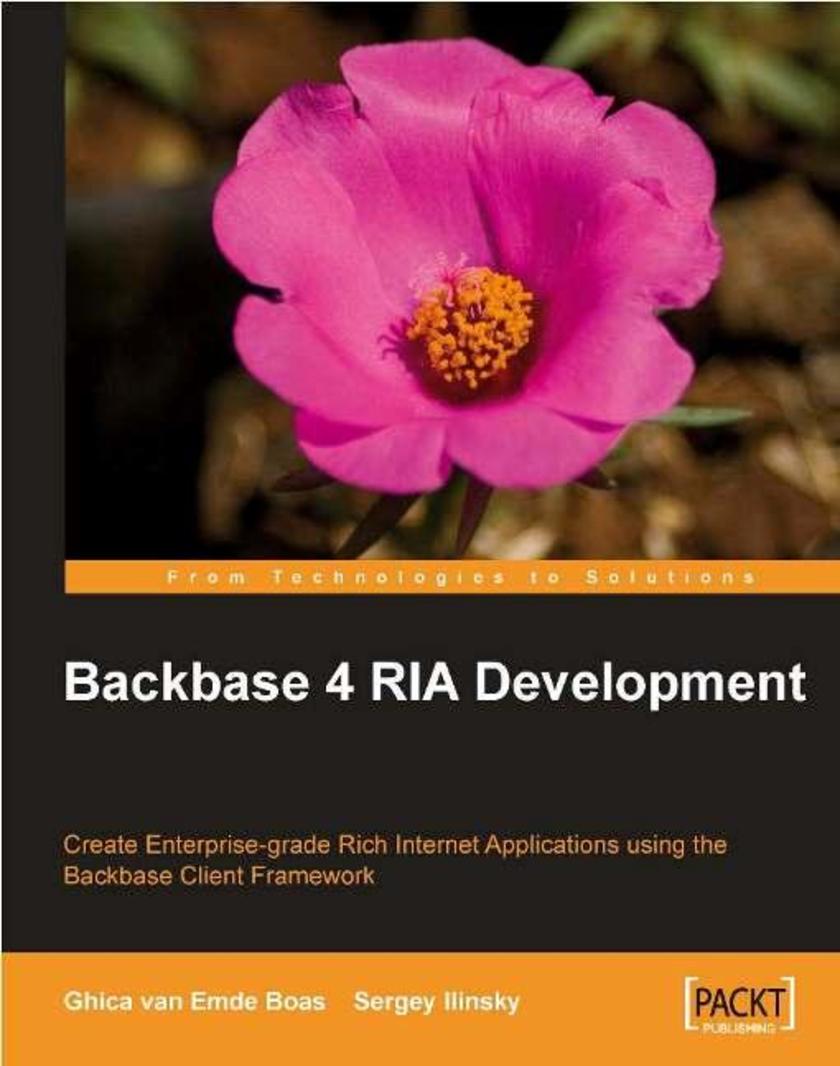
Backbase 4.4.x RIA Development
¥90.46
This is a practical book, where every example is tested and all source code is available with the book. Each chapter ends with work on a sample application using the new things learned. At the end of the book there is a complete, usable Travel Blog application. This book is for web developers who want to develop applications using the Backbase Client Framework. It may also be interesting for web developers and web application architects who want to know more about XML-based web application architectures.




 购物车
购物车 个人中心
个人中心



